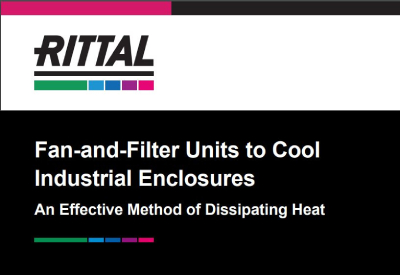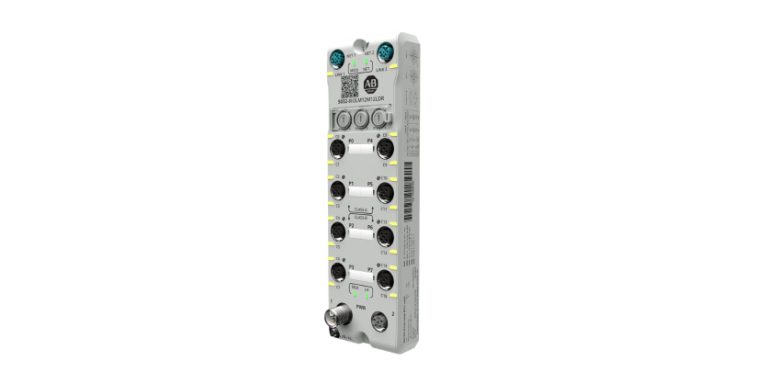ABB Technology Helps Make Scientific Discoveries from Space
September 30, 2024
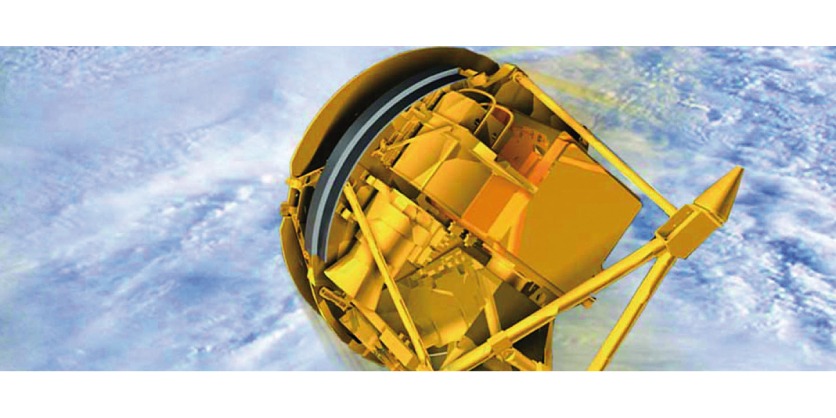
Recent scientific discoveries reported by the Canadian Space Agency expose a chemical process in the atmosphere through which intense wildfires contribute to ozone layer depletion. These discoveries have been made possible by ABB technology on board the SCISAT satellite.
Introduction
Launched in 2003, the Canadian Space Agency’s SCISAT satellite tracks changes in the composition of the atmosphere including the precious ozone layer. The satellite provides accurate measurement of chemicals migrating upwards – chemicals that can react with the atmosphere and alter its UV protection for life below.
Originally intended to last two years and provide a snapshot view of the chemical processes, SCISAT celebrates 21 years in orbit in August 2024. The satellite has far exceeded the expectations of the scientific community and has become the international benchmark for high altitude atmospheric composition vertical profiling. When it was first launched, SCISAT’s orbit was selected to optimize measurements around the North Pole where the ozone hole was identified in the mid 1980’s.
“We are very proud that the SCISAT data is used by scientists around the world to monitor the health of our earth’s atmosphere, the thin gas layer in which life is made possible,” said Frederic J. Grandmont, ABB Measurement & Analytics. “All sorts of emissions generated by human activities accumulate in this ‘giant closed room’. It is critical to keep a watchful eye on what’s happening and that is exactly what SCISAT does.”
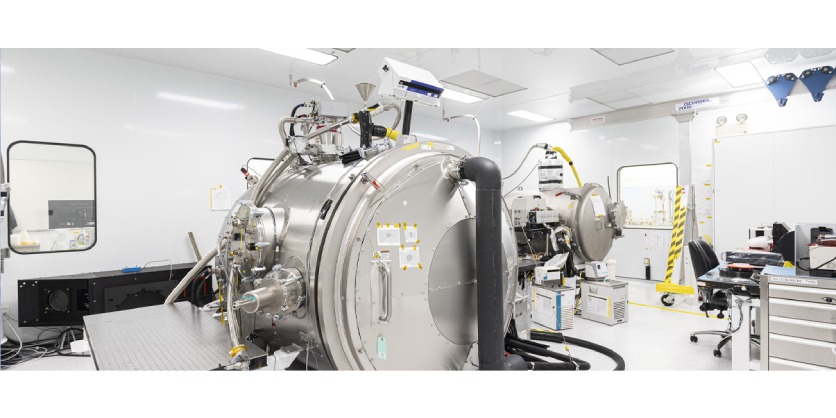
Latest SCISAT data shows intense wildfires contribute to ozone depletion
In 2024 alone, SCISAT data has enabled scientists to make several discoveries. The latest is a time lapsed observation of a chemical process in the atmosphere that reveals depletion of the ozone layer after intense wildfires.
Canada has experienced intense wildfires in recent years. However, wildfires are also a big challenge around the world. Wildfire byproducts can spread around the globe at high altitudes with the help of aerial currents and reach atmospheric layers typically isolated from interacting chemically due to their height.
This and other discoveries were featured in an ozone report submitted at the United Nations Meeting of Ozone Research Managers in Geneva, Switzerland. One of the aims of the report is to share the latest findings on greenhouse gas emissions with the international community.
ABB technology on board SCISAT
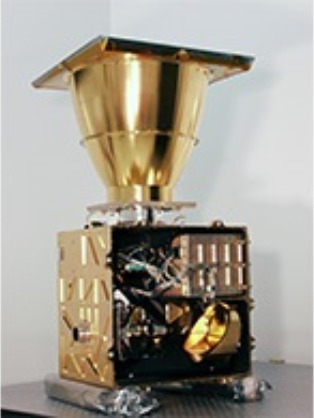
ABB is the prime manufacturer of the SCISAT sensor suite. The ABB team designed and produced a specialized version of its Continuous Emission Monitoring Systems (CEMS) typically used to measure industrial emissions back on earth. The instrument design was tuned for use in space and fitted with a twenty times more powerful engine – an infrared Fourier Transform Spectrometer (FTS) able to distinguish 200 000 different infrared colors onto which molecules leave irrefutable fingerprints.
The FTS can sense 70 different atmospheric gases down to parts per trillion from cloud top to outer space, more than any other satellite currently in orbit. This unique capacity is largely due to the work of spectroscopists from the University of Waterloo who, over the years, have perfected the data processing software to spot fainter and fainter molecule fingerprints in the spectrum.
While ABB’s CEMS carry their own infrared light source to quantify emissions in industrial stacks, SCISAT uses the best source available in space – the sun. It achieves its goal by measuring subtle spectral changes in the sunlight during sunset and sunrise when the atmosphere fingerprints are superimposed.
“The Fourier Transform Spectrometer can sense 70 different atmospheric gases down to parts per trillion, more than any other satellite currently in orbit.”

Award-winning ozone chemistry project
In 2009, the Canadian Aeronautics and Space Institute bestowed the Alouette Award to the team behind this atmospheric chemistry project for outstanding contributions to advancement in Canadian space technology, applications, science, and engineering.
In 2011, Dr. Henry Buijs who pioneered the FTS technique on SCISAT was awarded the John H. Chapman Award by the Canadian Space Agency for his outstanding contribution to the Canadian space program.
Important milestone for ABB’s Space heritage
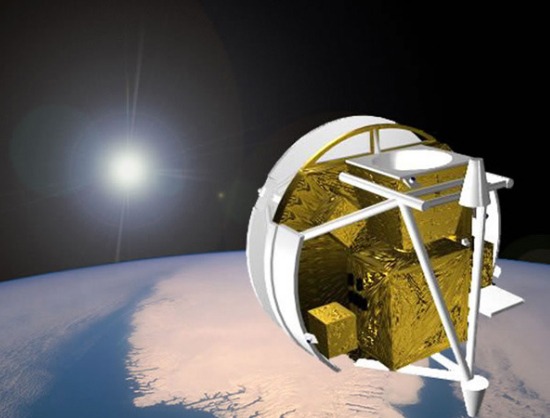
Following the development of the Canadian Space Agency’s SCISAT mission payload, ABB has established itself as a leader in greenhouse gas emissions sensing from space.
More recently, ABB provided hyperspectral technologies to the Japanese GOSAT program, which pioneered the global mapping at regional scale of sources and sinks of greenhouse gases from orbit starting with a first satellite in 2009 and an improved version in 2018.Today, ABB builds on this legacy by manufacturing enhanced versions of GHGSat’s proprietary wide-angle Fabry-Perot (WAF-P) interferometer, which tracks the same infrared fingerprint of greenhouse gases at individual emission points. In this way, ABB applies its vast expertise acquired in earlier high-profile government space missions to the private sector space with a focus on actionable low latency satellite data for civil uses.
Related Story
ABB Opens Expanded Electrical Products Manufacturing Facility in Pointe-Claire Canada
ABB’s Installation Products Division in Canada opened its newly expanded electrification products manufacturing facility in Pointe-Claire, Quebec on September 16, 2024. In addition to nearly doubling the size of the facility, ABB’s US$12 million investment creates 40 full-time jobs and doubles production capacity to help meet growing demand for electrical solutions used across North America.


